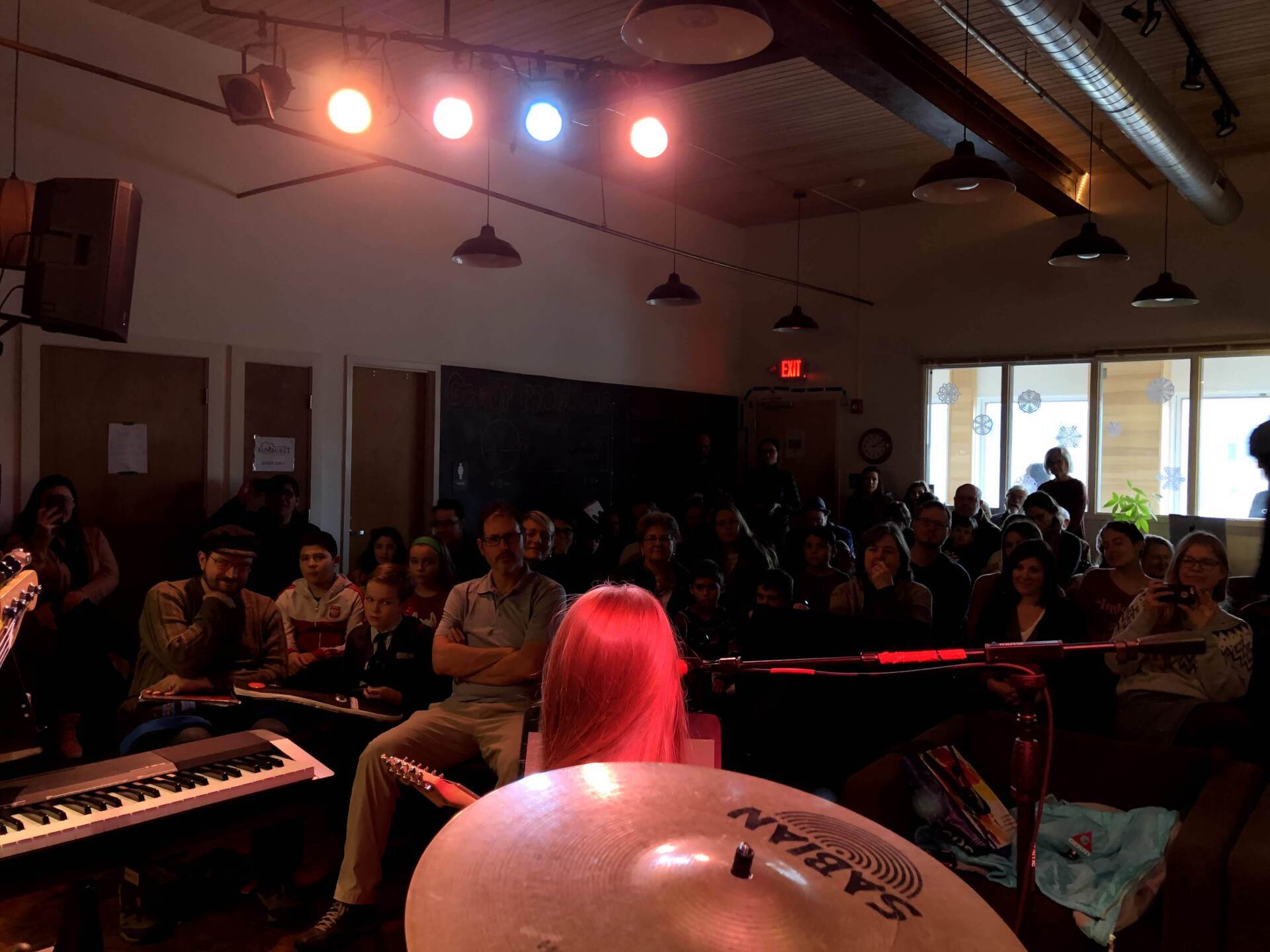Method 1 - Using a Tuner This is the most reliable way of properly tuning the instrument. Tuners come in all shapes and sizes. You can buy a physical tuner for only $20, or you can download apps on nearly any device (GuitarTuna is one of our favorite options!)
The tuner will listen to a string and show you how close you are to the right note. Start by plucking a single string again and again. As you repeatedly pluck the string, turn the appropriate tuning key. Keep watch on the tuner. It will show if you are on the right note, on the wrong note, or - with some tuner models - in between notes. Continue this process down the strings until you’ve tuned each one.
Method 2 - Using Another Instrument This method is only as reliable as your ear and the instrument you are tuning to. For example: An old, out-of-tune piano might give you problems, but another well-tuned guitar could be a big help. This method will require playing a note on the already tuned instrument and matching it on the strings of your guitar. Start by listening to the first note of standard tuning on the instrument you will be tuning to - a lower E. Pluck your thickest string, and turn the appropriate tuning key until the two sounds match. Continue the process for the rest of the notes and strings.
Method 3 - Using The Guitar Itself (5th Fret Method) This method might not achieve perfect tuning, and it can feel a little complex at first, but it will at least make the guitar sound in tune with itself. It’s great for tuning on the go, but not ideal for when you want to play with other people. What this means is, you probably will not be tuned to a perfect E A D G B E
- but the guitar won’t sound wildly out of tune from string to string. For this method, you’ll need to choose a string as a “starting point.” Ideally, this would be the string most in tune to E A D G B
or E
For our purposes, let’s start on the low-sounding, thickest first string -
E.
Start by playing the 5th fret of the E string. Then, play the open A string
(the very next string)
The two notes should match as they ring. If they don’t match, turn the A string’s tuning key to make it match the 5th fret of the E string. Once they do match, repeat the process on the next 2 strings by playing the 5th fret of the A string and matching the D string to it. This process will repeat for every pair of strings on the 5th fret except for using G to tune B. When trying to match the B string to the G string, you’ll need to use the 4th fret of G. Other than that, keep using the 5th fret for all other string pairs.
That’s it! Best of luck in your guitar adventures!















































































































































































































